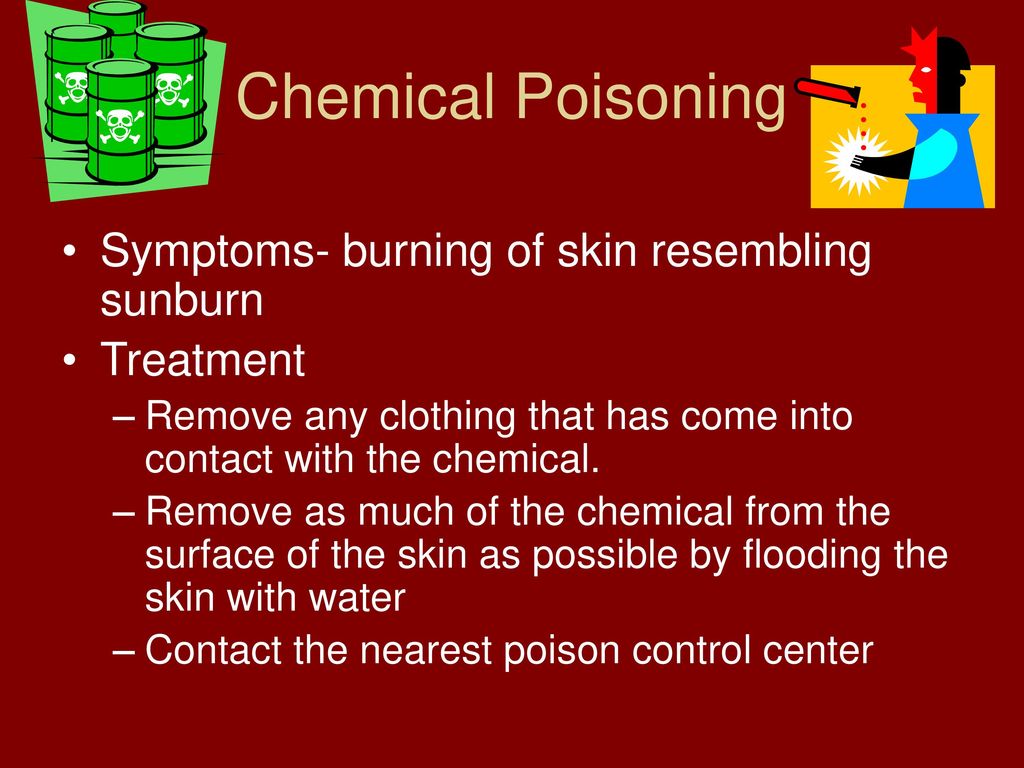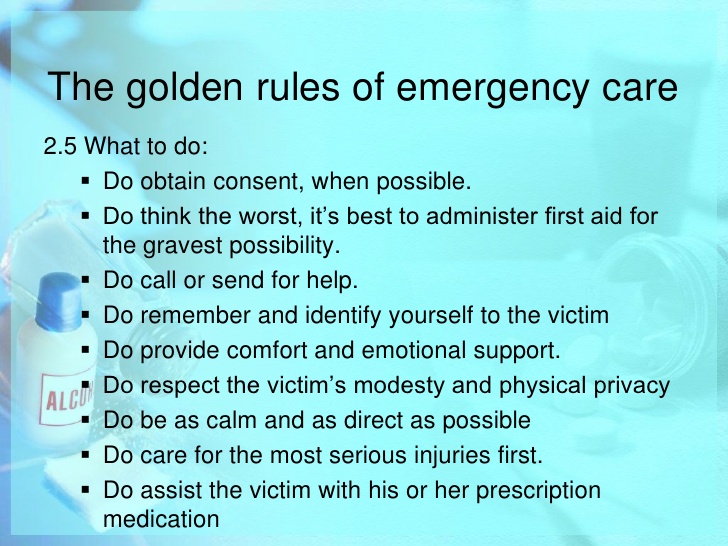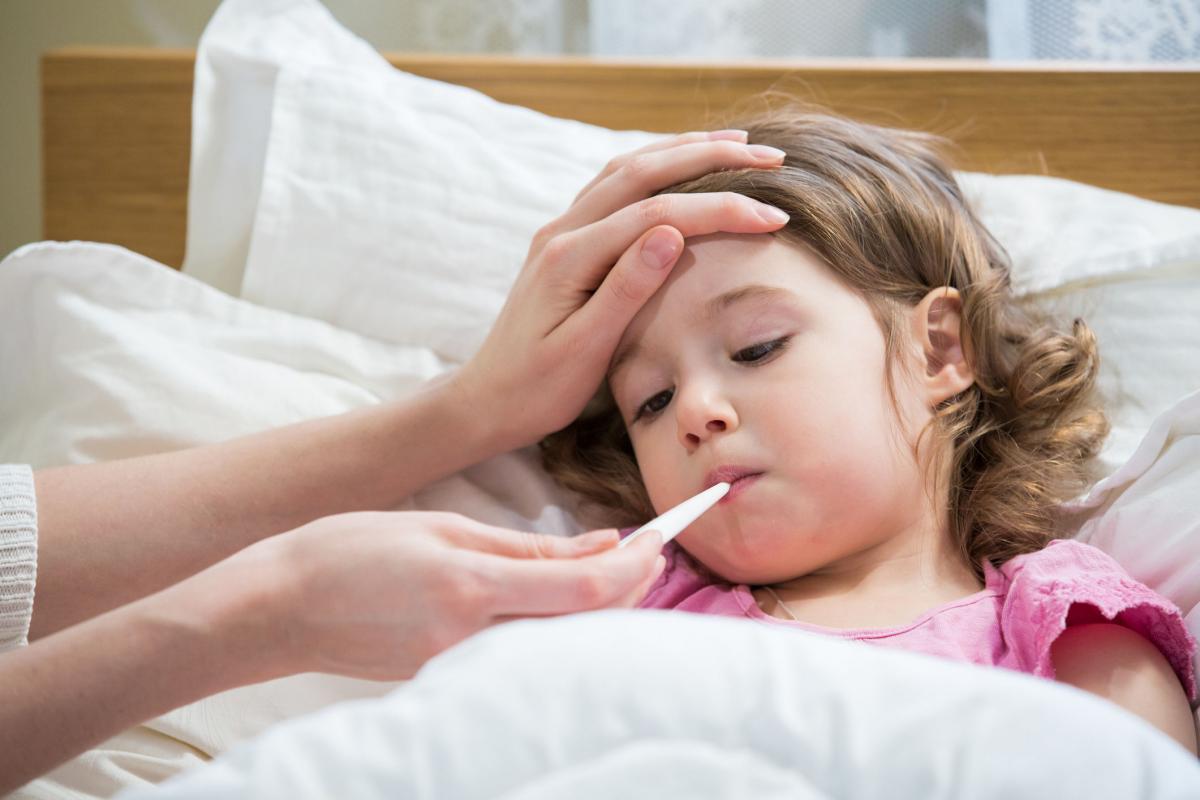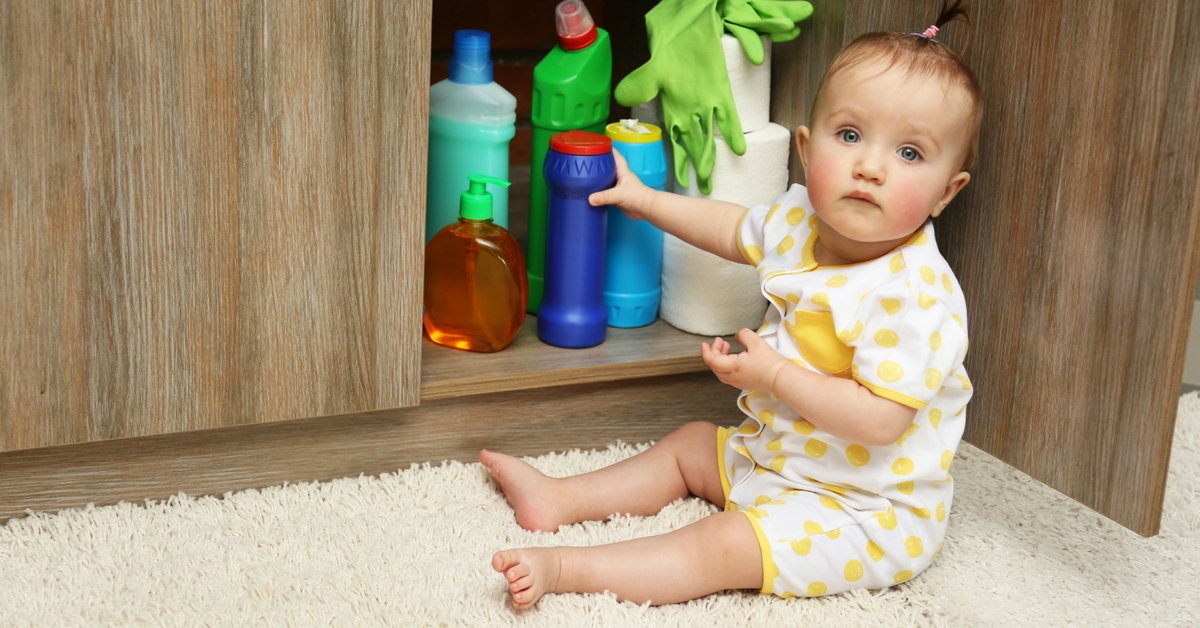Poisoning occurs when any substance interferes with normal body functions after it is swallowed, inhaled, injected, or absorbed. The branch of medicine that deals with the detection and treatment of poisons is known as toxicology.
Poisonings are a common occurrence. About 10 million cases of poisoning occur in the United States each year. In 80% of the cases, the victim is a child under the age of five. About 50 children die each year from poisonings. Curiosity, inability to read warning labels, a desire to imitate adults, and inadequate supervision lead to childhood poisonings.
The elderly are the second most likely group to be poisoned. Mental confusion, poor eyesight, and the use of multiple drugs are the leading reasons why this group has a high rate of accidental poisoning. A substantial number of poisonings also occur as suicide attempts or drug overdoses.
Poisonings are a common occurrence. About 10 million cases of poisoning occur in the United States each year. In 80% of the cases, the victim is a child under the age of five. About 50 children die each year from poisonings. Curiosity, inability to read warning labels, a desire to imitate adults, and inadequate supervision lead to childhood poisonings.
The elderly are the second most likely group to be poisoned. Mental confusion, poor eyesight, and the use of multiple drugs are the leading reasons why this group has a high rate of accidental poisoning. A substantial number of poisonings also occur as suicide attempts or drug overdoses.
Poisoning occurs when a certain amount of a toxic material (natural or processed) gets into the body; thus, harming the body.
Entry points of toxic material into the body:
- Swallowing: Through one’s mouth and the digestive system.
- Inhalation: Through the respiratory system (such as poisonous fumes and gases, as well as invasive anesthetic drugs).
- Injection: Including insect bites, skin, under skin, intramuscular or intravenous injection.
- Skin: By absorption (such as lotions and chemical substances).
Poisoning can be divided according to its causes into:
- Poisoning by Medications.
- Chemical Poisoning.
- Food Poisoning.
Symptoms of Poisoning:

Diagnosis is based on several factors which constitute the circumstances of the incident and observations of place where poisoning happened, in addition to symptoms and results of tests.
(A) Circumstances of the Incident and Site Examination:
It is only when people who shared the same food and drink show similar acute signs and symptoms of poisoning that poisoning is highly suspected. Finding some toxic chemicals or medicinal substances in the room (notice a weird smell or liquid), empty bottles used for keeping such substances, a drug bottle near the victim (or pills scattered nearby).
(B) Clinical Signs and Symptoms:
- Gastrointestinal Symptoms:
- Nausea and vomiting - acute abdominal pains - diarrhea
- Vomiting smells like bitter almond - such as in the case of cyanide poisoning - and inorganic phosphorus (garlic odor).
- Respiratory Symptoms:
- Cough - cyanosis - breathing difficulties in irritant gases and fume poisoning.
- The normal breathing rate for an adult is 16 times per minute.
- Brain Symptoms:
- Victims show such signs due to infection of their central nerve system, including:
- Loss of consciousness
- Seizures (fits)
- Mental confusion
- Corrosive Poisoning - such as concentrated acid and cleaners: Acute pharyngeal, chest and mouth pains due to esophageal heartburn.

Poisoning First Aid General Rules:
Providing express first aid to the victim is meant to mitigate the toxic substance as fast as possible, while seeking medical assistance, maintaining breathing, blood circulation and other vital signs.
To correctly provide first aid, one should:
- Make sure that there is no other risk - for you or the victim - due to administering first aid.
- If possible:
- Identify the poison, drug or food, and keep it vessel, remnants or cover.
- Identify the dosage or the intake of such substance.
- Verify the duration (since how long has the victim taken it).
- The Victim’s age and weight.
- If poisoning is deliberate of by mistake.
- Observe the symptoms (acute or mild).
- If the victim vomits, keep the vomited material (for test purposes by the concerned authorities).
- Call the Poison Control or hospital and get the first aid advice.
- Call the ambulance or medical assistance, or carry the victim to the nearest hospital.
- Make sure to have the toxic material and its bottle along with the victim to the hospital.
- If the victim is unconscious: Check hi breath and provide C.P.R if needed.
Most Common Causes of Poisoning:
- Poisons removed from original containers to bottles, such as household cleaners and bleaches.
- Parents’ negligence leaving dangerous substances within children reach.
- Improper storage of toxic substances.
- Swallowing or inhaling toxic substances.
- Leaving children unattended.
- Suicidal thoughts

Poisonous Contamination of Skin and Eyes:
First: First Aid in cases of Chemical and Household Cleaners Poisoning:
- Check breath and provide C.P.R if needed.
- Give cold milk and egg white.
- Give strong pain reliever.
- Do not force victim to vomit.
- No gastric lavage.
- No acids, such as vinegar and lime juice in case of acid poisoning.
- Take victim immediately to hospital.
Second: Disinfectants and sterilants (phenol, dettol and formalin)
Excessive exposure to such toxic materials by touching or inhaling may cause poisoning, so ventilation is highly important after using these materials.
First Aid in cases of swallowing household disinfectants and sterilants:
- For skin contamination, wash with plenty of water, then dilute with 10% alcohol; better use olive or castor oil.
- If case of drinking disinfectants, better give ipecac to induce vomiting, only when victim is conscious.
- Take victim immediately to hospital.
Second: Inhalation Poisoning:
Many poisoning cases occur due to inhaling toxic fumes or gases, where the toxin rapidly hits the bloodstream. So, administer first aid as fast as possible in these cases following these instructions:
- Take the victim immediately away from the from the poisonous aerated milieu to clean air, while removing any tight clothes and untying the necktie.
- Provide rescue breaths in case of respiratory failure of difficulty after removing anything inside the mouth as follows:
- Titling the head back to open the airway, while closing the nose trills with two fingers, taking a deep breath, blowing air into the victim’s lungs through the mouth; then watching the victim’s chest rise accordingly.
- Allow the victim to exhale which watching his chest fall.
- Repeat same procedure till the victim breathes normally.
- Warm up victim if sign of cold or chill is found.
- Calm down the victim if conscious.
- Take patient immediately to hospital.
Third: Skin Poisoning:
Skin may be contaminated by caustics which cause major skin damage, in which case such caustics must be removed as fast as possible as follows:
- Wash skin with running water while removing the victim’s clothes, then wash the skin with water and dilute with soap.
- Do not apply any medication or chemicals to the contaminated skin least they should aggravate the skin damage.
Fourth: Eye Poisoning:
First aid for eye poisoning:
- Open eyelids and wash with running water (at low pressure) for at least 10 minutes.
- No eye drops.
- Take patient immediately to hospital.
Soap, industrial cleaners and shampoos:
Most soap used for household cleaning is not toxic due to neutralization of alkaline substances. As well, soap solution is used to induce vomiting instead of ipecac if not available. As for industrial cleaners (such as OMO, Persil, Tide...etc.), they contain both organic and non-organic substances, cloth softeners and enzymes to facilitate lavage. These cleaners are less toxic than other highly alkaline materials - like Flash and sewer unblockers where PH reaches up to 11. Other cleaners may contain bleaches, such Clorox with 3-6% sodium hypochlorite which - after mixing with hydrochloric acid - turns in the stomach into hypochlorous acid with its localized effects on the mucous membranes of the digestive system. It is not recommended to neutralize sodium hypochlorite with highly alkaline acids as chlorine gas or chloramine gas is formed alternately. Both gases irritate the mucous membranes and may cause asphyxiation.
As for shampoos, they are less toxic, yet they have simple irritable effects on the mucous membranes. Other shampoos contain anti dandruff components such as selenium which could have some toxic signs due to excessive application or swallowing.
Some disinfectants, deodorants and antibacterial substances contain compounds (quaternary ammonium), which are highly alkaline and toxic.



